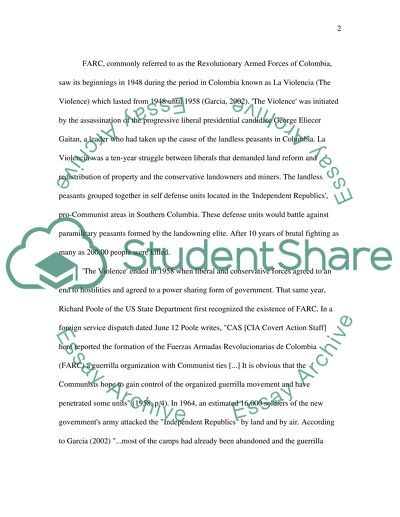Cite this document
(“FARC - Revolutionary Armed Forces of Colombia Essay - 1”, n.d.)
Retrieved from https://studentshare.org/miscellaneous/1541761-farc-revolutionary-armed-forces-of-colombia
Retrieved from https://studentshare.org/miscellaneous/1541761-farc-revolutionary-armed-forces-of-colombia
(FARC - Revolutionary Armed Forces of Colombia Essay - 1)
https://studentshare.org/miscellaneous/1541761-farc-revolutionary-armed-forces-of-colombia.
https://studentshare.org/miscellaneous/1541761-farc-revolutionary-armed-forces-of-colombia.
“FARC - Revolutionary Armed Forces of Colombia Essay - 1”, n.d. https://studentshare.org/miscellaneous/1541761-farc-revolutionary-armed-forces-of-colombia.


